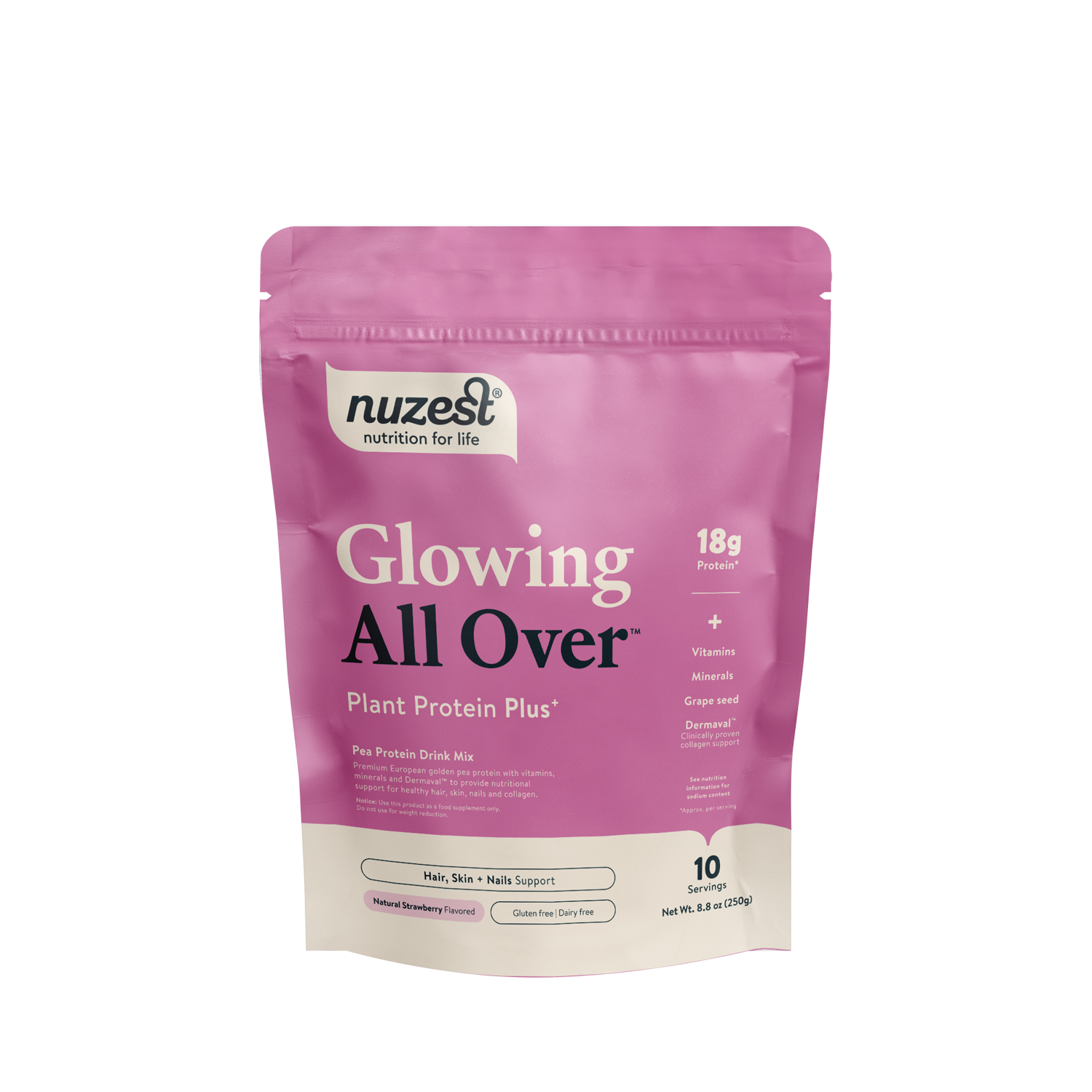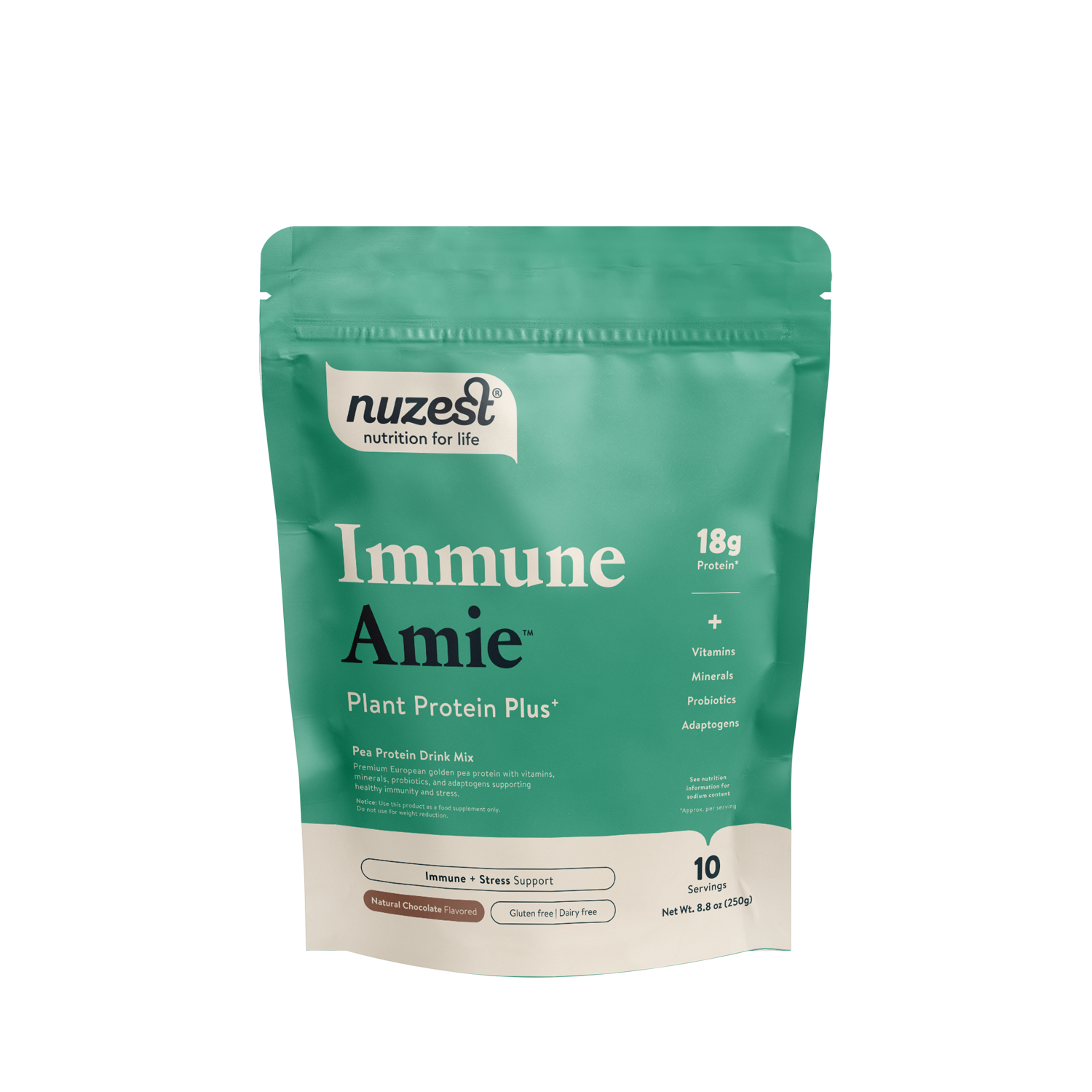AUTHOR: Cliff Harvey, PhD (Clinical Nutritionist & Researcher)
Candida albicans is a pathogenic (disease-causing) yeast that is found in the gastrointestinal tract and mouth of at least 25% of healthy adults.1 It is the main candida species responsible for candidiasis (also known as thrush, or simply as a yeast infection), the collective name for symptoms caused by an overgrowth of these yeasts. Candida and other yeasts are present in many people and are considered, when in balance, a normal part of our microbiome, and may not cause any symptoms at all. However, when the yeasts grow aggressively, they can cause symptoms and effects that are mild to moderate, yet often very uncomfortable in most people. Candidiasis though can be especially dangerous for those with compromised immune systems (such as in HIV or cancer in particular), who are unable to properly launch immune responses to deal with the yeast. In severe cases of immune dysfunction, candidiasis can be fatal.
What is a Candida Diet?
Candida overgrowth is typically treated with antifungal drugs but anti-candida diets have become very popular over the last few decades. Most of these involve some combination of reducing or avoiding added sugars (including honey, jam, and candy), highly refined carbohydrates (especially any products made with flour), red and cured meats, and dairy.
In a pilot study on this type of dietary restriction, people with candida infection were treated with antifungal medication, alone or in combination with an anti-candida diet. After 10 days, there were similar rates of candida control between the drug or diet-drug combination therapy. However, after three months, there was a significantly higher percentage of people classified as cured in the diet group (85%) compared to the non-diet group (42.5%).2 This suggests that the anti-candida diet might be effective (albeit in combination with orthodox medical treatment), but there were some conflicting guidelines in the study and many supplements and antifungal herbs, were also allowed which could have influenced the results.
There is a large body of evidence beginning to emerge that some of these dietary changes might benefit candida though. For example, added sugars in the diet might encourage more aggressive adhesion (sticking to tissue), growth, and resistance to the immune system of candida.3-10 In vaginal yeast infections, reductions in artificial sweeteners and sugar resulted in ~90% of patients resolving infection for at least one year.11 A higher carbohydrate intake overall, usually indicative of the intake of highly refined and processed foods, is also linked to candida. In an evaluation of the diet and health history of 373 women (< 50 years old), dietary records showed an association between increased carbohydrate and overall energy intake and candidiasis.12
So, there is emerging evidence that diet does play a role in infection with candida and that reducing dietary sugars and refined, processed foods overall is likely to provide benefit.

Pea Protein and an Anti-Candida Diet
Increasing protein intake and understanding how much protein you need is a great way to increase satiety (the feeling of satisfaction from eating) which, in turn, reduces the amount we eat overall. Anecdotally, we notice that people not only crave less food but also crave fewer sugars when eating optimal levels of protein. Given the potential role for excessive carbohydrate and sugar intake in the development of candidiasis, pea protein could be a beneficial addition to the diet.
Pea protein isolate contains very little sugar per serving. So, it provides a way to conveniently increase the protein content of your diet, without taking in additional sugar or excess carbohydrates. While many people believe that we already consume enough (or even too much) protein in the modern, American-style diet, the average intake of protein is actually quite low (just 100 grams and 70 grams per day for males and females, respectively)13,14 and is less than the recommended levels for both performance and for offsetting age-related muscle loss, leading experts to recommend that people should increase, not reduce protein intakes for optimal, long-term health.15
Of course, protein powders aren’t magical, and they’re not better than whole food, but they are convenient. Many people struggle to have good quality meals consistently and protein powders like Clean Lean Protein by Nuzest can provide the base for simple, effective, nutrient-dense recipes when preparing your meals or you're struggling with creative meal ideas.
They are also beneficial before, during, or after training. Eating whole foods may not be ideal during these times and protein powders offer a convenient, easy-on-the-gut option for peri-training nutrition. And, as mentioned above, many people actually don’t get the protein they require to perform at their best or to meet specific needs like increased protein intake during dieting. But, protein powders help give that kick you need and can be added into a variety of different recipes.
Pea protein is considered one of the lowest allergen and irritant proteins available. Many people are allergic to, or intolerant of proteins from soy, dairy, and egg, and these could irritate the GI tract, possibly contributing to an inflammatory environment that aids the growth of candida at the expense of beneficial “good” bacteria in the gut.
Pea protein offers a low-allergen, low-irritant solution. Peas themselves are generally allowed ad libitum (as much as you desire) on anti-candida diets, and so, there is no reason to exclude peas or pea-derived protein if following an anti-candida diet strategy and, in fact, it might help you to reduce cravings for sugar and carbohydrates, which can contribute to worsened candida infections.
References
- Erdogan A, Rao SSC. Small Intestinal Fungal Overgrowth. Current Gastroenterology Reports. 2015;17(4):16.
- Otašević S, Momčilović S, Petrović M, Radulović O, Stojanović NM, Arsić-Arsenijević V. The dietary modification and treatment of intestinal Candida overgrowth – a pilot study. Journal de Mycologie Médicale. 2018;28(4):623-7.
- Samaranayake LP, Macfarlane TW. The Effect of Dietary Carbohydrates on the In-vitro Adhesion of Candida Albicans to Epithelial Cells. Journal of Medical Microbiology. 1982;15(4):511-7.
- Pizzo G, Giuliana G, Milici M, Giangreco R. Effect of dietary carbohydrates on the in vitro epithelial adhesion of Candida albicans, Candida tropicalis, and Candida krusei. The new microbiologica. 2000;23(1):63-71.
- Abu-Elteen KH. The influence of dietary carbohydrates on in vitro adherence of four Candida species to human buccal epithelial cells. Microbial Ecology in Health and Disease. 2005;17(3):156-62.
- Vargas SL, Patrick CC, Ayers GD, Hughes WT. Modulating effect of dietary carbohydrate supplementation on Candida albicans colonization and invasion in a neutropenic mouse model. Infection and Immunity. 1993;61(2):619.
- THEIN ZM, SAMARANAYAKE YH, SAMARANAYAKE LP. Dietary sugars, serum and the biocide chlorhexidine digluconate modify the population and structural dynamics of mixed Candida albicans and Escherichia coli biofilms. APMIS. 2007;115(11):1241-51.
- Nikawa H, Samaranayake LP, Hamada T. Modulation of the anti-candida activity of apo-lactoferrin by dietary sucrose and tunicamycin in vitro. Archives of Oral Biology. 1995;40(6):581-4.
- Santana IL, Gonçalves LM, Vasconcellos AAd, da Silva WJ, Cury JA, Cury AADB. Dietary Carbohydrates Modulate Candida albicans Biofilm Development on the Denture Surface. PloS one. 2013;8(5):e64645.
- Nikawa H, Nishimura H, Hamada T, Kumagai H, Samaranayake LP. Effects of dietary sugars and saliva and serum on Candida bioflim formation on acrylic surfaces. Mycopathologia. 1997;139(2):87-91.
- Oberst-Walsh L, Cooper E, Sanders K. What is the effect of diet and dietary supplements on vulvovaginal candidiasis (VVC)? Evidence-Based Practice. 2016;19(3):E-2.
- Reed BD, Slattery ML, French TK. The association between dietary intake and reported history of Candida vulvovaginitis. J Fam Pract. 1989;29(5):509-15.
- University of Otago and Ministry of Health. A Focus on Nutrition: Key findings of the 2008/09 New Zealand Adult Nutrition Survey. Wellington; 2011.
- Moshfegh A, Goldman J, Cleveland L. What we eat in America, NHANES 2001-2002: usual nutrient intakes from food compared to dietary reference intakes. US Department of Agriculture, Agricultural Research Service. 2005;9.
- Fulgoni VL. Current protein intake in America: analysis of the National Health and Nutrition Examination Survey, 2003–2004. The American Journal of Clinical Nutrition. 2008;87(5):1554S-7S.











